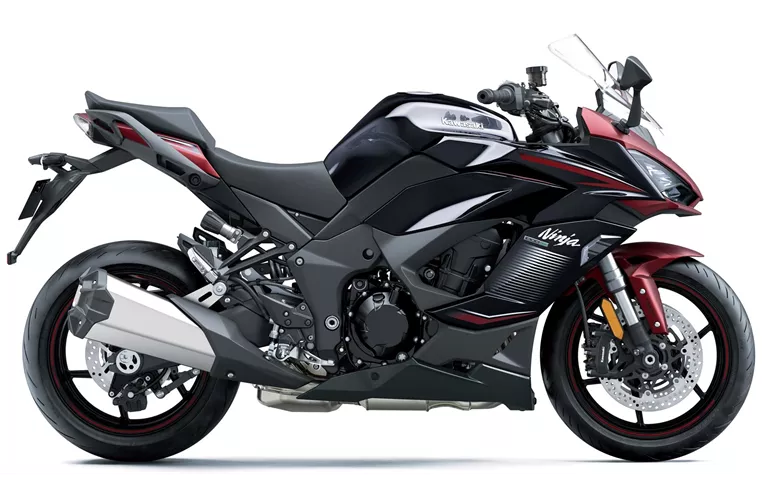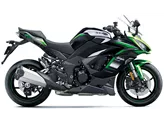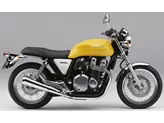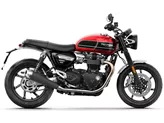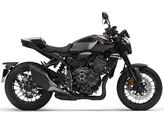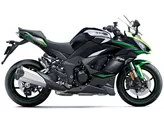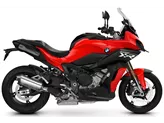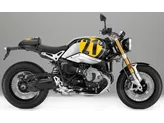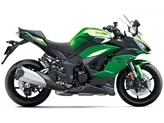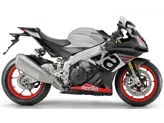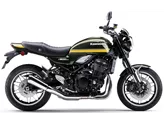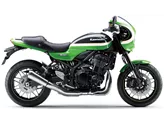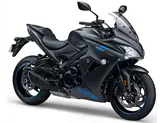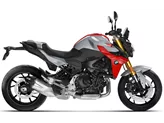Kawasaki Ninja 1000SX 2023 vs. Kawasaki Z900 RS 2018
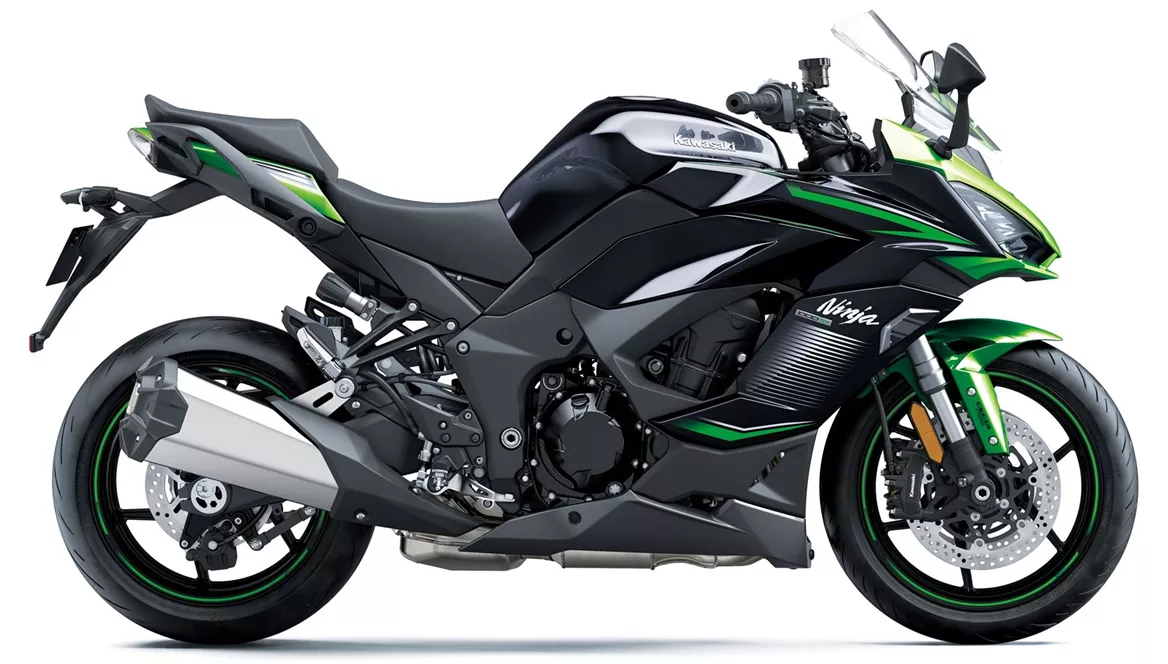
Kawasaki Ninja 1000SX 2023

Kawasaki Z900 RS 2018
Overview - Kawasaki Ninja 1000SX 2023 vs Kawasaki Z900 RS 2018
The Kawasaki Ninja 1000SX 2023 and the Kawasaki Z900 RS 2018 are both impressive motorcycles with their own unique features and strengths.
Starting with the Kawasaki Ninja 1000SX 2023, it boasts a powerful in-line four-cylinder engine that delivers 142 HP and 111 Nm of torque. This engine provides a smooth and exhilarating ride, although it does require higher revs to fully unleash its potential. The fuel system is injection-based, ensuring efficient fuel delivery. The 1043cc displacement allows for strong acceleration and top-end performance.
In terms of suspension, the Ninja 1000SX features an upside-down telescopic fork at the front with 120mm of travel. This suspension setup can be adjusted for compression, preload, and rebound, allowing riders to fine-tune their riding experience. At the rear, it has a swing arm suspension with a monoshock that offers 144mm of travel. Similar to the front suspension, the rear suspension can also be adjusted for compression, preload, and rebound.
The chassis of the Ninja 1000SX is made of aluminum, which provides a lightweight yet sturdy frame for optimal handling and stability. The braking system consists of double disk brakes at the front with a diameter of 300mm and four pistons, ensuring strong and reliable stopping power.
One of the standout features of the Ninja 1000SX is its advanced rider assistance systems. It includes ABS, riding modes, cornering ABS, ride by wire, quickshifter, and traction control. These systems enhance safety and performance, making it suitable for riders of different skill levels.
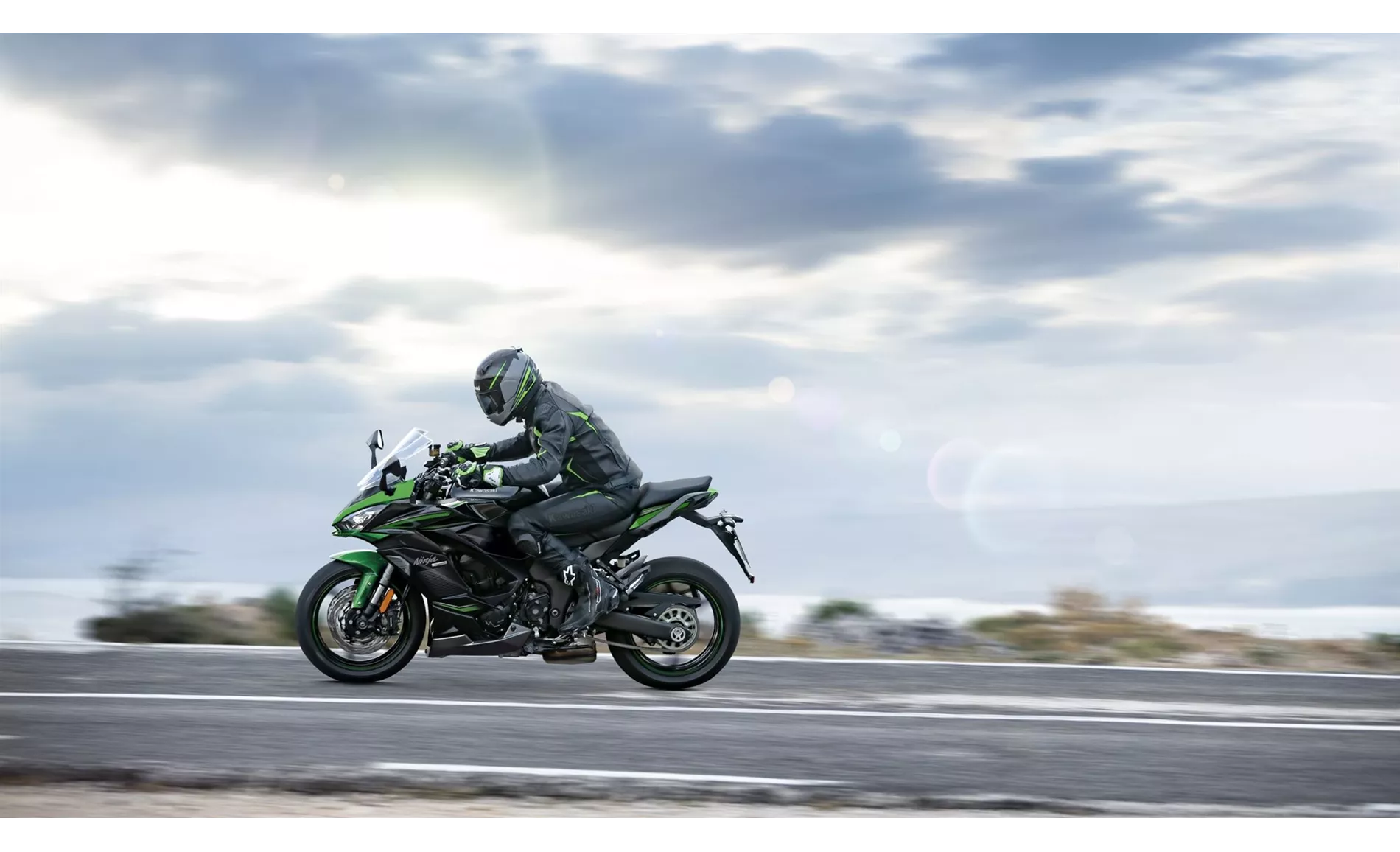
Kawasaki Ninja 1000SX 2023
Moving on to the Kawasaki Z900 RS 2018, it is a naked bike that offers a unique blend of power and style. It is equipped with an in-line four-cylinder engine that delivers 111 HP and 98.6 Nm of torque. The engine provides a smooth and powerful performance, making it enjoyable to ride. The fuel system is also injection-based, ensuring efficient fuel delivery. With a displacement of 948cc, it offers strong acceleration and responsiveness.
In terms of suspension, the Z900 RS features an upside-down telescopic fork at the front with 120mm of travel. Similar to the Ninja 1000SX, this suspension setup can be adjusted for compression, preload, and rebound. At the rear, it has a swing arm suspension with a monoshock that offers 140mm of travel. The rear suspension can be adjusted for preload and rebound.
The chassis of the Z900 RS is made of steel, providing a solid and stable frame. The braking system consists of double disk brakes at the front with a diameter of 300mm and four pistons, ensuring reliable stopping power.
While the Z900 RS lacks some of the advanced rider assistance systems found in the Ninja 1000SX, it still offers important features such as ABS, ride by wire, and traction control. These systems enhance safety and control during rides.
In terms of dimensions and weights, both motorcycles have similar front and rear tire widths and diameters. The Ninja 1000SX has a slightly shorter wheelbase of 1440mm compared to the Z900 RS's 1470mm. The seat height is also similar, with the Ninja 1000SX measuring at 834.98mm and the Z900 RS at 835mm. The Ninja 1000SX is slightly heavier with a kerb weight of 235kg compared to the Z900 RS's 215kg. Both motorcycles have ample fuel tank capacities, with the Ninja 1000SX having 19 liters and the Z900 RS having 17 liters.

Kawasaki Z900 RS 2018
In terms of strengths, the Ninja 1000SX offers a silky four-cylinder engine, comfortable yet sporty ergonomics, wind protection, a standard electronics package, and lots of stability thanks to its full fairing. It is also very accessible for riders of different skill levels.
On the other hand, the Z900 RS boasts a powerful and smooth engine, good looks, a comfortable seating position, and balanced handling. It is easy to ride and strikes a balance between being responsive and stable.
In terms of weaknesses, the Ninja 1000SX's engine requires higher revs, and its electronics could be more user-friendly. Additionally, adjusting the windshield requires the use of both hands.
The Z900 RS lacks a shift assistant, is slightly heavier compared to other retro bikes in its class, and its seat may be too soft for long tours. It also lacks wind protection.
In conclusion, both the Kawasaki Ninja 1000SX 2023 and the Kawasaki Z900 RS 2018 are impressive motorcycles with their own unique features and strengths. The Ninja 1000SX offers a more advanced electronics package, greater wind protection, and a more sport-touring focused design. On the other hand, the Z900 RS offers a more retro and stylish design, a slightly lighter weight, and a more comfortable seating position. Ultimately, the choice between the two will depend on the rider's preferences and intended use.
Technical Specifications Kawasaki Ninja 1000SX 2023 compared to Kawasaki Z900 RS 2018
Pros and Cons in comparison
Pros and Cons in comparison
Kawasaki Ninja 1000SX 2023
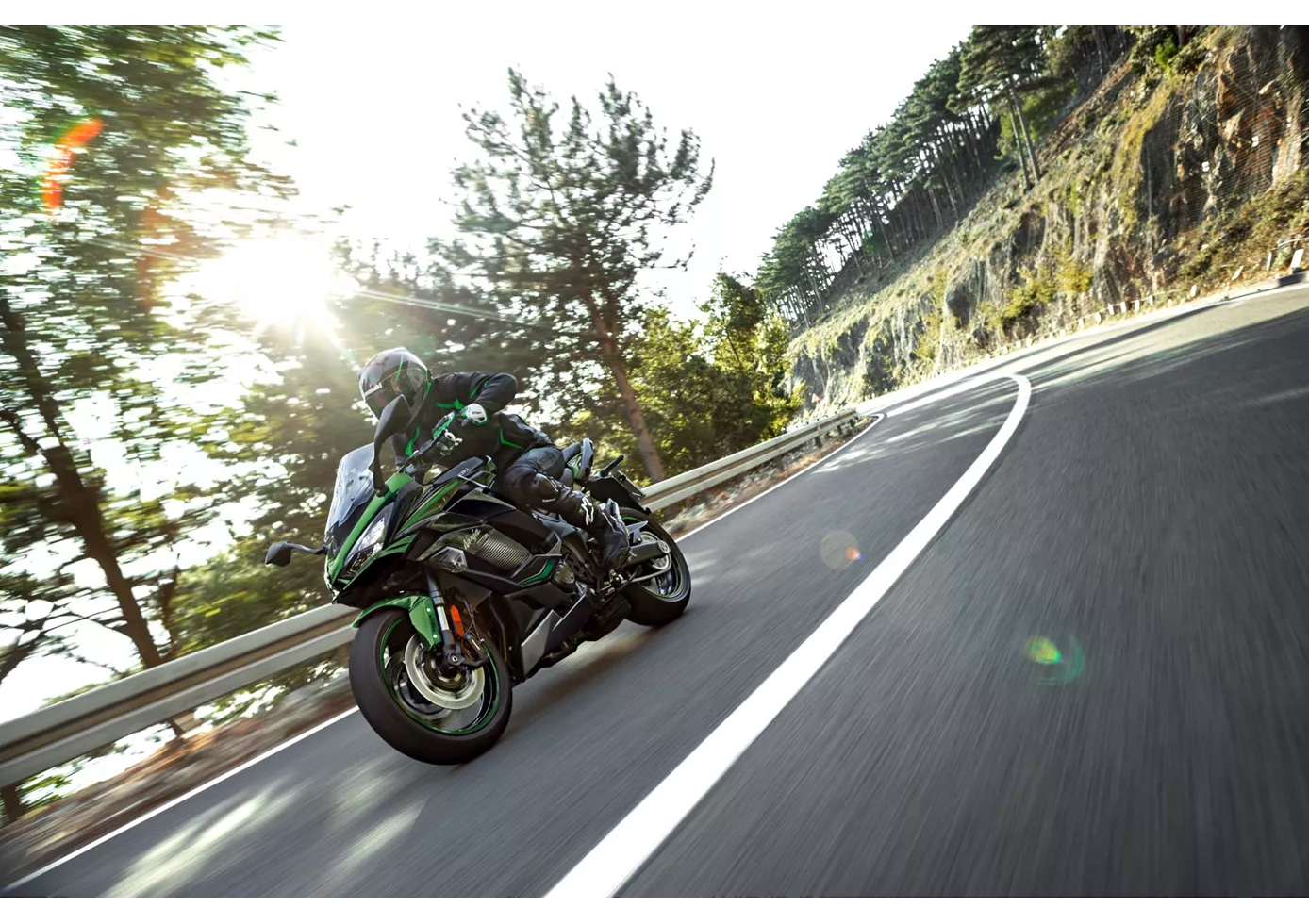
A sports tourer of the old school. The Kawasaki Ninja 1000SX fulfils all the points you would expect from this bike category. Added to this is a comprehensive electronics package that offers everything you could wish for when travelling - and at no extra charge! The fact that the operation is perhaps not quite as intuitive as the competition already manages, is forgiven at the latest when you take a look at the price tag.
Kawasaki Z900 RS 2018

Its four-cylinder is silky smooth while delivering enough power to make you grin under your helmet. It is also very easy to move, which should make it a great commuter bike in everyday life and serve as an iconic fun bike at the weekend. The looks find the perfect straddle of classic design and modern details to form a coherent retro package that is also a worthy tribute to Kawasaki history. It's a great naked bike with a snazzy look.
Price Comparison Avarage Market Price Kawasaki Ninja 1000SX vs Kawasaki Z900 RS
There are a few key differences between a Kawasaki Ninja 1000SX 2023 and a Kawasaki Z900 RS 2018. In terms of price, the actual average price of a Kawasaki Ninja 1000SX 2023 is about 11% higher. Compared to Kawasaki Z900 RS 2018 there are more Kawasaki Ninja 1000SX 2023 bikes available on the 1000PS.de Marketplace, specifically 89 compared to 28. It takes less time to sell a Kawasaki Ninja 1000SX with 128 days compared to 154 days for a Kawasaki Z900 RS. Since model year 2020 1000PS.de editors have written 13 reviews for the Kawasaki Ninja 1000SX and 26 reviews for the Kawasaki Z900 RS since model year 2018. The first review for the Kawasaki Ninja 1000SX was published on 11/5/2019 and now has more than 40,500 views. This compares to more than 63,700 views for the first review on Kawasaki Z900 RS published on 9/6/2017.
